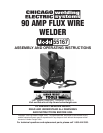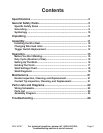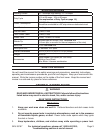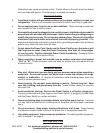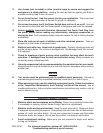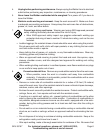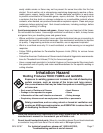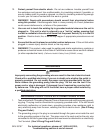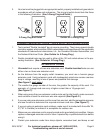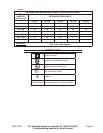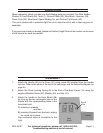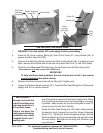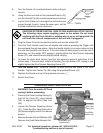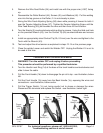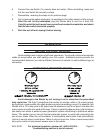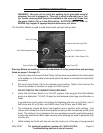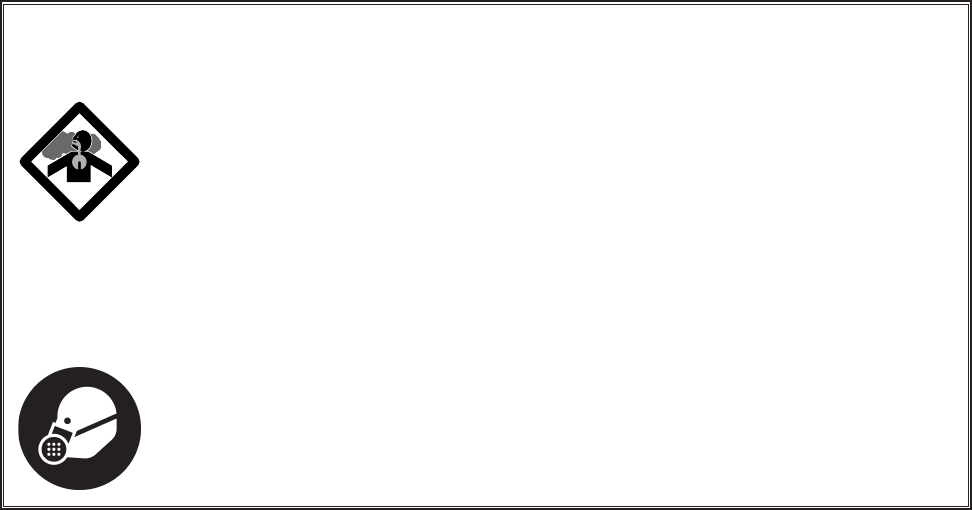
For technical questions, please call 1-800-444-3353;
Troubleshooting section at end of manual.
Page 7SKU 55167
easily visible smoke or flame may not be present for some time after the fire has
started. Do not weld or cut in atmospheres containing dangerously reactive or flam-
mable gases, vapors, liquids, and dust. Provide adequate ventilation in work areas
to prevent accumulation of flammable gases, vapors, and dust. Do not apply heat to
a container that has held an unknown substance or a combustible material whose
contents, when heated, can produce flammable or explosive vapors. Clean and purge
containers before applying heat. Vent closed containers, including castings, before
preheating, welding, or cutting.
9. Avoid overexposure to fumes and gases. Always keep your head out of the fumes.
Do not breathe the fumes. Use enough ventilation or exhaust, or both, to keep fumes
and gases from your breathing zone and general area.
• Where ventilation is questionable, have a qualified technician take an air sampling to
determine the need for corrective measures. Use mechanical ventilation to improve
air quality. If engineering controls are not feasible, use an approved respirator.
• Work in a confined area only if it is well-ventilated, or while wearing an air-supplied
respirator.
• Follow OSHA guidelines for Permissible Exposure Limits (PEL’s) for various fumes
and gases.
• Follow the American Conference of Governmental Industrial Hygienists recommenda-
tions for Threshold Limit Values (TLV’s) for fumes and gases.
• Have a recognized specialist in Industrial Hygiene or Environmental Services check
the operation and air quality and make recommendations for the specific welding or
cutting situation.
10.
Inhalation Hazard
Welding Produces TOXIC FUMES and GASSES.
Exposure to welding gasses can increase the risk of developing
certain cancers, such as cancer of the larynx and lung cancer.
Also, some diseases that may be linked to exposure to welding gasses
or fumes are:
• Early onset of Parkinson’s Disease • Heart Disease
• Damage to the reproductive organs • Ulcers
• Inflammation of the small intestine or stomach • Kidney damage
• Respiratory diseases such as emphysema, bronchitis or pneumonia
Safety precautions, such as using natural or forced air ventilation and
wearing an ANSI-approved respirator, are ESSENTIAL to reduce the risk
of developing the above illnesses.
Read and understand all instructions and safety precautions as outlined in the
manufacturer’s manual for the material you will weld or cut.
11. Do not touch live electrical parts. Wear dry, insulating gloves. Do not touch electrode
or conductor tong with bare hand. Do not wear wet or damaged gloves.



